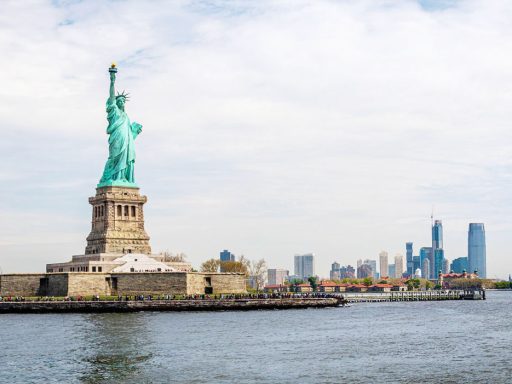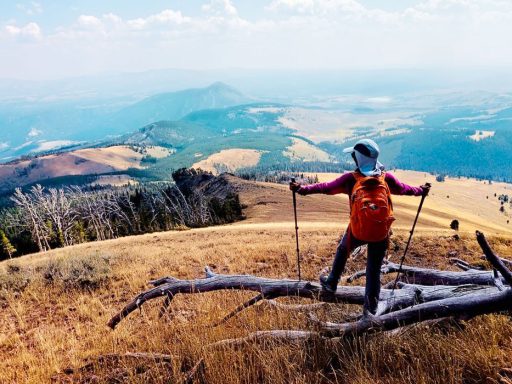The Shoulder season in Hawaii, encompassing April, May, September, and October, offers travelers a unique window to book the cheapest time to fly to Hawaii and experience the islands with fewer crowds, better prices, and a more relaxed atmosphere.
Known as the periods between Hawaii’s high seasons (summer and winter), the shoulder season is highly appealing for those looking to enjoy the islands’ beauty, mild weather, and authentic cultural events without the peak season rush.
Weather and Climate During the Shoulder Season in Hawaii
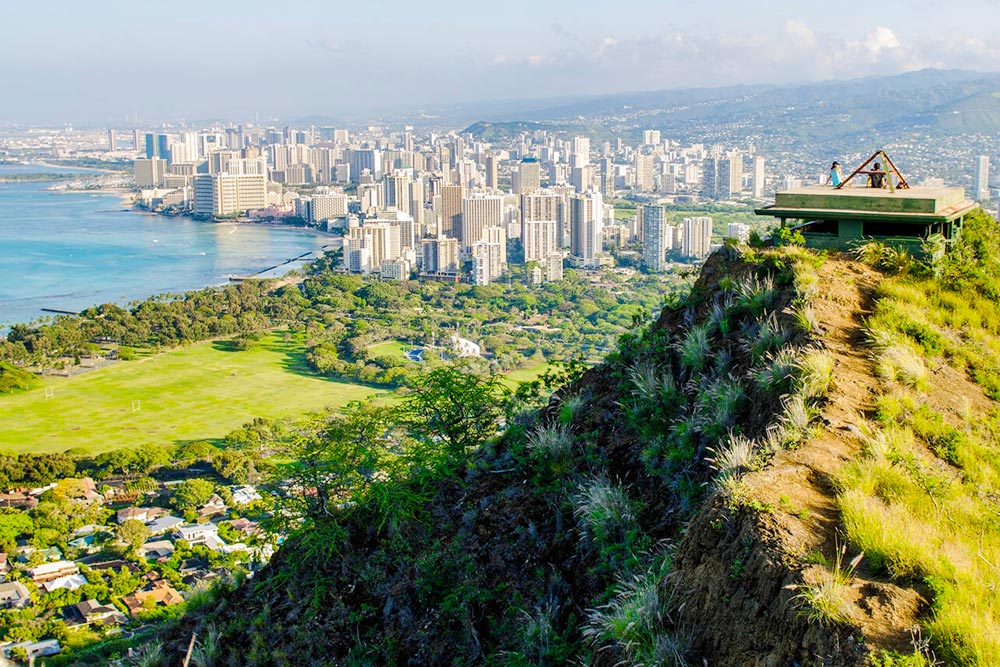
The shoulder season months of April, May, September, and October in Hawaii each bring unique but equally enjoyable weather conditions, making them ideal for exploring the land and sea.
During this time, visitors can expect comfortable temperatures ranging from the mid-70s to mid-80s °F (24-30 °C) and refreshing trade winds that help keep the islands cool.
Rainfall is generally lower than during Hawaii’s winter season, and ocean temperatures stay warm, creating perfect conditions for water activities like swimming, snorkeling, and diving.
Here’s a closer look at what to expect for each of these months:
April Climate in Hawaii
April marks the beginning of Hawaii’s spring season, with temperatures usually averaging between 74°F and 84°F (23-29°C). April is known for lower rainfall than the winter months, though occasional showers may still occur, especially on the windward sides of the islands.
Ocean temperatures are warm, often reaching up to 77°F (25°C), making it an ideal month for water sports. The cooling trade winds are generally mild, enhancing comfort for outdoor activities like hiking and beach days.
May Climate in Hawaii
Hawaii experiences some of its most pleasant weather in May, with temperatures averaging around 76°F to 85°F (24-29°C). This month is often one of the driest in Hawaii, especially as the islands transition fully out of the winter rainy season.
Ocean temperatures are also warm, reaching 78°F (26°C), drawing visitors eager to enjoy snorkeling, surfing, and diving. May offers mild breezes and clear skies, creating a calm and inviting atmosphere for exploring Hawaii’s outdoor attractions.
September Climate in Hawaii
September brings a mild start to Hawaii’s fall season, with temperatures similar to May, ranging from 77°F to 86°F (25-30°C). Ocean temperatures are at their peak, often reaching a comfortable 80°F (27°C).
While September is one of the warmer months, trade winds help mitigate humidity levels, and rainfall remains minimal, primarily on leeward sides. This warm, pleasant weather and fewer crowds make September an excellent month for beach activities, scenic drives, and hiking.
October Climate in Hawaii
October rounds off the shoulder season with slightly cooler temperatures than September, typically between 76°F and 84°F (24-29°C). While rainfall may increase somewhat toward the end of the month as Hawaii approaches its winter rainy season, it’s still one of the drier months on average.
Ocean temperatures hover around 79°F (26°C), perfect for swimming and snorkeling. October’s weather remains mild and comfortable, making it an ideal time for cultural festivals and exploring beaches and scenic trails before the peak winter season begins.
Comparison of Peak and Off-Peak Seasons in Hawaii
Compared to Hawaii’s peak summer season, the shoulder season in April, May, September, and October is generally drier and less humid. While summer can feel warm and moist, especially without the strong trade winds, the shoulder season’s milder weather and refreshing breezes make outdoor activities more enjoyable.
And, compared to the winter months when rainfall is highest, the shoulder season offers clearer skies and lower chances of rain, creating ideal conditions for beach activities, hiking, and exploring Hawaii’s natural beauty.
Advantages of Traveling During Shoulder Season
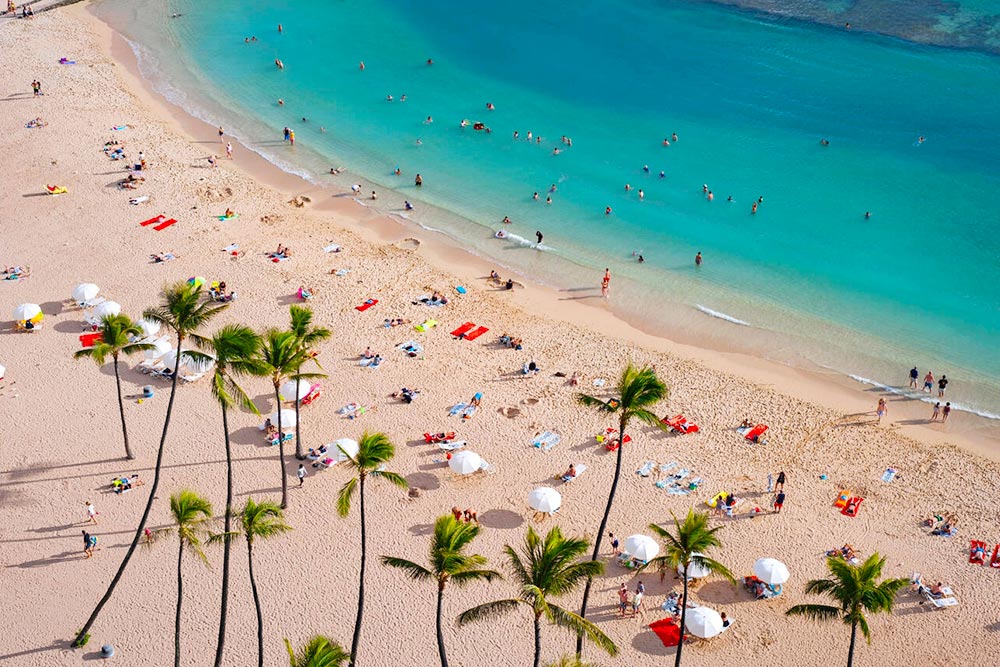
Traveling to Hawaii in the shoulder season brings a host of benefits that make this time of year especially attractive:
- Lower Costs: Flights, accommodations, and even activity prices tend to drop during the shoulder season, making it a budget time to book your holiday. With fewer tourists, airlines and hotels frequently offer deals and discounts, allowing travelers to stretch their budgets further while enjoying premium amenities.
- Fewer Crowds: Popular destinations like Waikiki Beach, Pearl Harbor, and the scenic Road to Hana are much less crowded during these months. Visitors have more space to take in iconic sights, enjoy quieter beaches, and take advantage of shorter wait times at restaurants and other popular spots.
- Unique Experiences: From local festivals to unique wildlife sightings, the shoulder season brings rare experiences that are not as accessible during the busier periods. Sea turtle nesting and whale migrations are examples of the natural wonders in spring, while cultural festivals fill the autumn months with vibrant Hawaiian traditions.
Things to Pack for a Trip to Hawaii During the Shoulder Season
When packing for a trip to Hawaii during the shoulder season, it’s essential to consider the weather conditions and activities available. Here are critical items to include:
- Lightweight Clothing: Choose breathable, lightweight fabrics like cotton or linen to stay cool in the warm tropical climate. Pack tank tops, shorts, and sundresses for daytime wear. A light jacket or sweater is essential for cooler evenings, especially when visiting higher elevations like Haleakalā.
- Swimwear: Bring at least two to three swimsuits to rotate throughout your trip, ensuring you always have a dry one available. A stylish cover-up, offering comfort and modesty, is ideal for transitioning from the beach to nearby cafes or shops.
- Footwear: Comfortable sandals are perfect for beach strolls and casual outings. For hiking, invest in sturdy, supportive hiking shoes that provide good traction for exploring Hawaii’s breathtaking trails, like the Nā Pali Coast or Diamond Head. Water shoes are also beneficial for rocky beaches or water activities.
- Sun Protection: Protect your skin from the intense Hawaiian sun with a high-SPF sunscreen (reef-safe options are preferred), a wide-brimmed hat for additional shade, and UV-blocking sunglasses to shield your eyes.
- Reusable Water Bottle: Staying hydrated is vital in Hawaii’s warm climate. A reusable water bottle is eco-friendly and practical. It allows you to refill it at various locations, reducing plastic waste and keeping you refreshed.
- Light Rain Gear: Given the potential for occasional showers during the shoulder season, a lightweight, packable rain jacket or poncho is advisable. This will keep you dry during unexpected downpours, especially if you plan to hike or explore nature.
- Snorkeling Gear: If you plan on snorkeling in Hawaii’s stunning reefs, consider bringing your mask, snorkel, and fins for convenience and comfort. While rental options are available, having your gear can enhance your experience and ensure a better fit.
By packing these essentials, you’ll be well-prepared to explore Hawaii’s stunning landscapes, immerse yourself in its rich culture, and enjoy the pleasant shoulder season.
Popular Activities to Do During the Shoulder Seasons in Hawaii
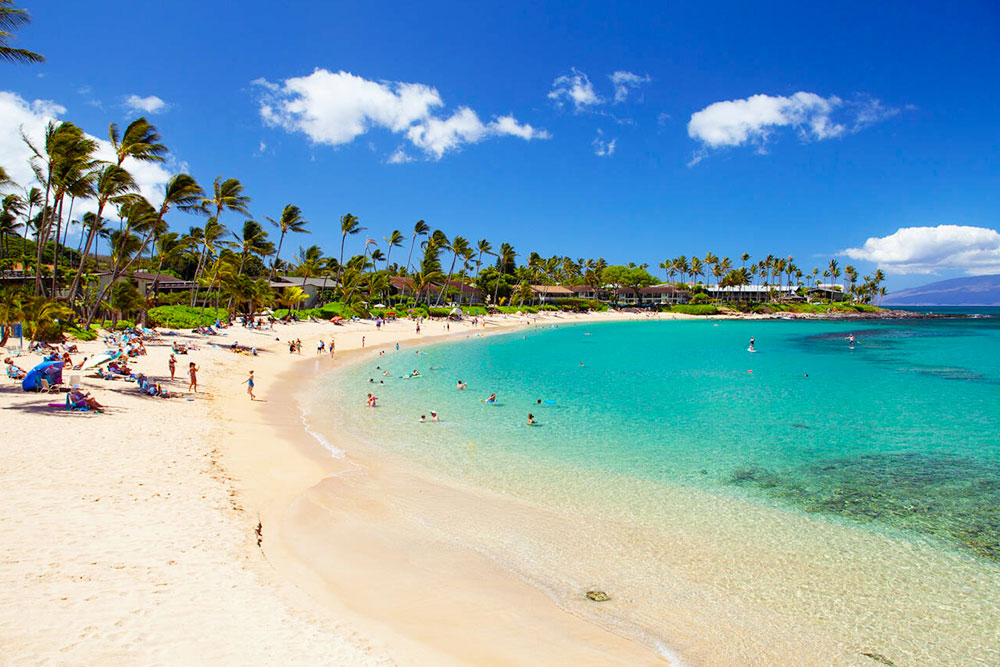
During Hawaii’s shoulder season, visitors are welcomed by pleasant weather and fewer tourists, making it an ideal time to explore the islands more relaxedly. The warm, inviting waters around Hawaii remain perfect for water activities such as surfing, snorkeling, and diving. Without the crowds, iconic beaches like Lanikai on Oahu and Makena Beach on Maui offer a more peaceful atmosphere. At the same time, kayaking and paddleboarding can be enjoyed without the rush, allowing visitors to immerse themselves in Hawaii’s tranquil seaside beauty.
Hawaii’s shoulder season provides optimal conditions for outdoor enthusiasts to hike and explore the islands’ remarkable natural landscapes. Scenic trails like the Na Pali Coast on Kauai, the vast Haleakalā National Park on Maui, and Mauna Kea on the Big Island offer stunning vistas and peaceful paths with fewer hikers. The serene environment enhances the connection to Hawaii’s nature, making it easier for hikers to fully absorb the lush landscapes and captivating geological formations that define the islands’ beauty.
The shoulder season also brings various cultural events that highlight Hawaii’s heritage. During April and May, visitors can experience the Merrie Monarch Festival on the Big Island, a celebration of traditional Hawaiian hula and artistry. In September and October, the Aloha Festivals showcase Hawaiian music, dance, and parades, offering tourists an authentic glimpse into Hawaii’s cultural richness. These festivals add a layer of cultural immersion, allowing visitors to appreciate Hawaii’s heritage alongside its scenic allure.
Best Places to Visit in Hawaii During the Shoulder Season
Each Hawaiian island has something unique to offer during the shoulder season. Here’s a look at a few favorites:
- Oahu: Known for its iconic beaches and historic sites, Oahu is bustling with activities throughout the year. You can explore popular spots like Waikiki Beach and Diamond Head during the shoulder season without peak season congestion. Don’t miss Pearl Harbor or a scenic drive to the North Shore, where you can enjoy world-class beaches and famous surf breaks.
- Maui: Maui’s natural beauty is on full display in the shoulder season, making it an ideal time for scenic drives along the Road to Hana or visiting Haleakalā Crater. Take advantage of the clear skies in April and October for stargazing on Haleakalā, and enjoy whale watching during the spring shoulder season.
- The Big Island: The Big Island offers an incredibly diverse range of landscapes, from lush rainforests to volcanic deserts. Shoulder season provides cooler temperatures, perfect for exploring Hawaiʻi Volcanoes National Park or relaxing on the sandy shores of Hapuna Beach. For a unique experience, visit Kona coffee farms during their autumn harvest season.
Tips for Travelers Who Will Visiting Hawaii During the Shoulder Season
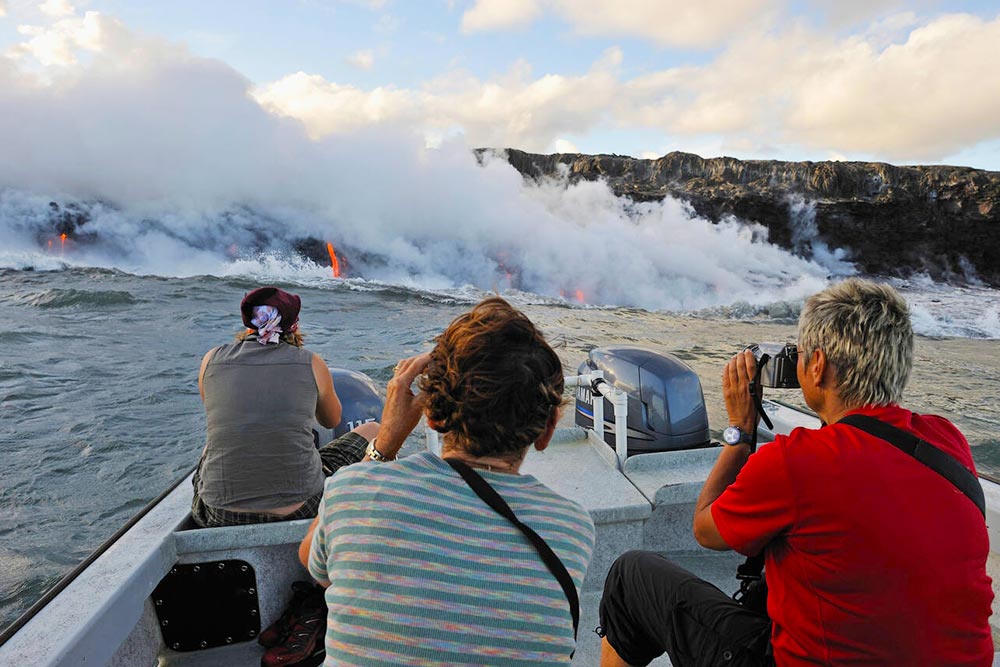
- Booking Accommodations: Although the shoulder season generally means lower accommodation costs, booking flights and lodgings early is still best to secure the best rates. Consider staying in vacation rentals for a more affordable and local experience, especially on islands like Maui and the Big Island.
- Packing Essentials: To explore Hawaii’s trails, pack light and comfortable clothing, swimwear, reef-safe sunscreen, and hiking boots. While temperatures are warm, a light jacket or sweater can be helpful for cooler evenings or higher elevations like Haleakalā.
- Health and Safety Precautions: Hawaii’s diverse natural environments make health and safety key. Be mindful of ocean currents, especially if you’re swimming or snorkeling. Check local guidelines for any requirements related to health or weather, particularly for hikes or beach visits.
Conclusion
Hawaii’s shoulder season offers a perfect balance of affordability, fewer crowds, and fantastic weather, making it one of the best times to explore the islands. With unique cultural events, vibrant landscapes, and endless outdoor activities, a trip to Hawaii during April, May, September, or October promises an unforgettable experience without the high costs or crowds of peak travel periods. Whether you’re there to relax, explore, or dive into Hawaiian culture, the shoulder season is an ideal time to enjoy all Hawaii offers.
Share this BlogFrequently Asked Questions
Pack light clothing, swimwear, reef-safe sunscreen, hiking boots, and a light jacket for cooler evenings or higher elevations.





